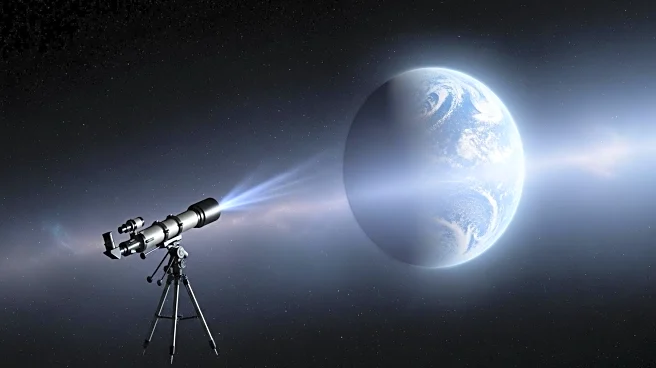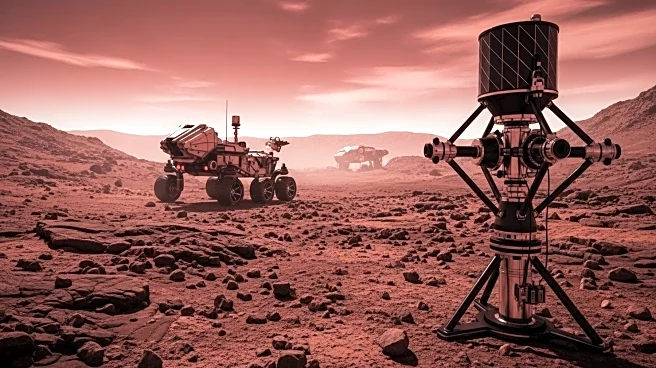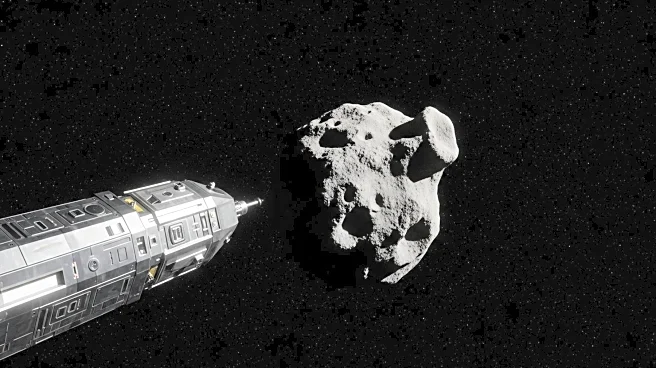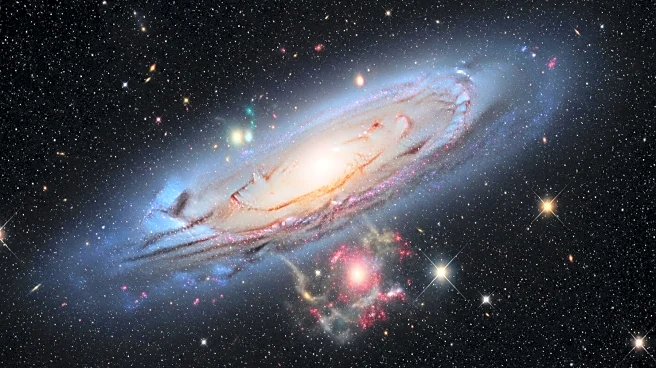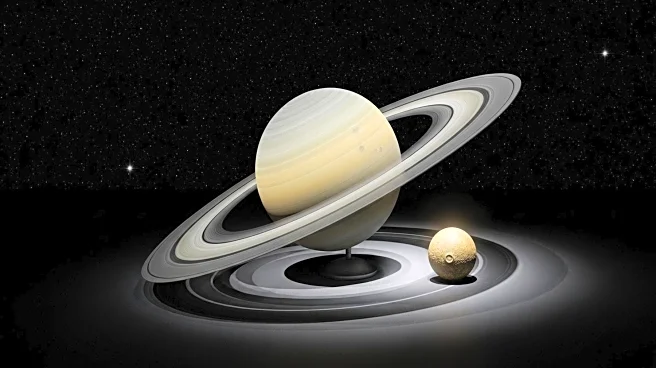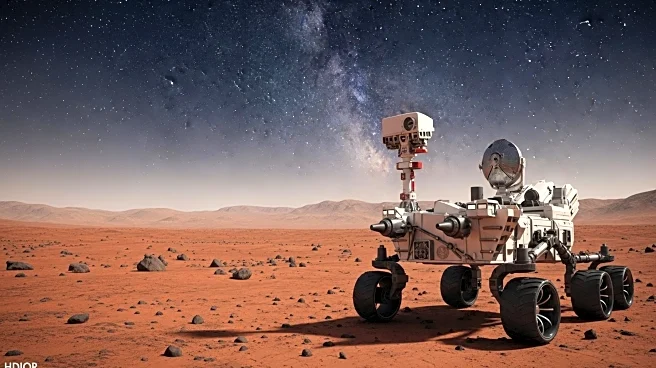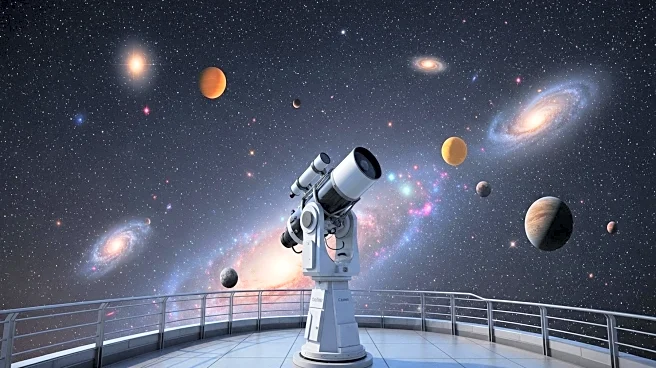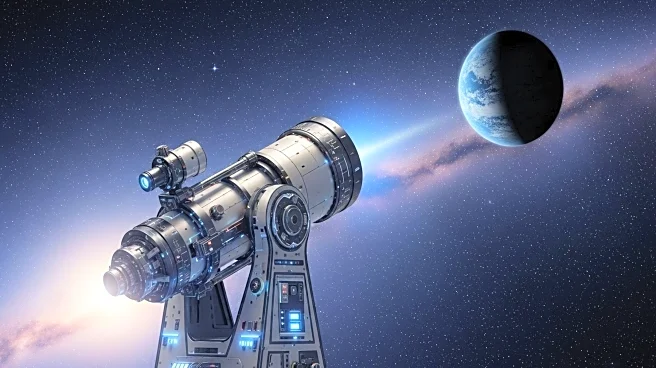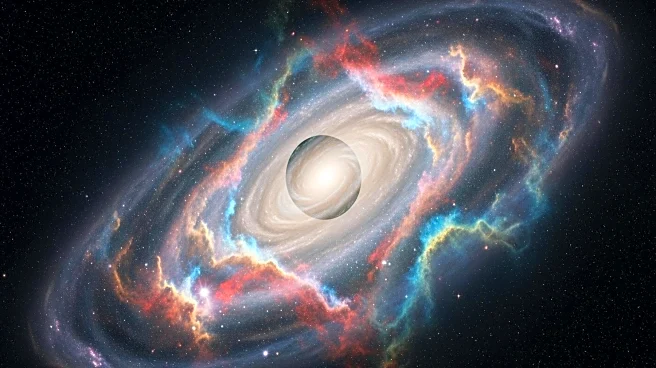What is the story about?
What's Happening?
Astronomers are exploring the possibility of an Earth-like atmosphere on the exoplanet TRAPPIST-1 e, located 40 light-years away. The James Webb Space Telescope has conducted observations that have not ruled out the presence of an atmosphere, sparking optimism among researchers. TRAPPIST-1 e is part of a system with seven rocky planets, three of which are in the habitable zone. The planet's potential atmosphere could sustain liquid water, making it a prime candidate for further study. The research team plans to conduct additional observations to confirm the presence and composition of the atmosphere.
Why It's Important?
The potential discovery of an Earth-like atmosphere on TRAPPIST-1 e would be groundbreaking, as it could indicate the possibility of life beyond our Solar System. Understanding the atmospheric conditions of exoplanets in habitable zones is crucial for assessing their potential to support life. This research could also provide insights into the atmospheric evolution of planets orbiting red dwarf stars, which are the most common type of star in the universe. The findings may influence future exoplanet exploration missions and the search for extraterrestrial life.
What's Next?
The research team plans to complete a series of 15 observations by the end of the year to gather more data on TRAPPIST-1 e's atmosphere. If an atmosphere is confirmed, further studies will focus on identifying specific chemical signatures, such as methane, which is associated with life on Earth. The results could lead to more Webb telescope observations and potentially influence the design of future telescopes aimed at studying exoplanets.
AI Generated Content
Do you find this article useful?
